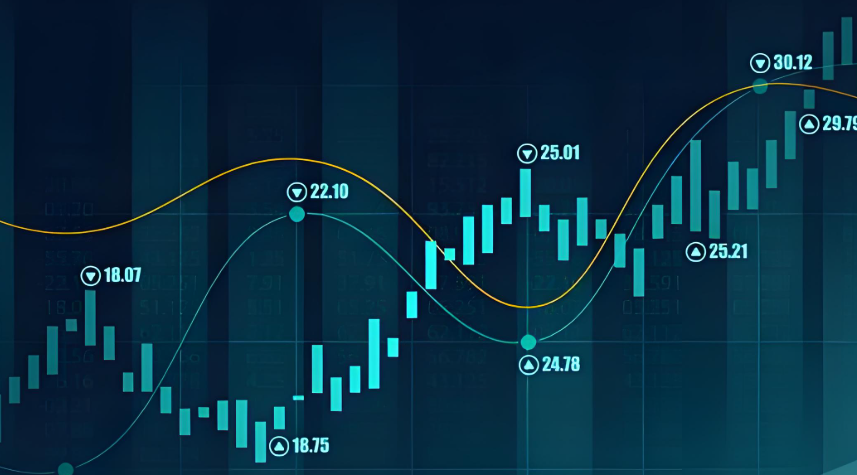Decline in U.S. Treasury Yields
Advertisements
As the year inches towards its conclusion, the U.S. financial landscape is undergoing a fascinating transformation. The most noteworthy development has been the notable drop in U.S. Treasury yields, which signals shifting investor sentiments. On a recent trading day, the yield on the 10-year Treasury bond fell significantly by approximately 7 basis points to end at 4.547%. This decline from recent highs indicates a change in demand for long-term government securities. Similarly, the yield on the 2-year note also decreased by 7 basis points, settling at 4.254%. It’s crucial to understand that Treasury yields and prices move inversely; thus, the sinking yield corresponds to rising bond prices, offering a glimpse into the market’s current dynamics.
As year-end approaches, investors are keenly focused on the outlook of the U.S. economy and the Federal Reserve's potential monetary policy shifts for 2025. Early signals from a recent Federal Reserve meeting indicated that anticipated rate cuts may be fewer than previously thought. Brian Rehling, the head of global fixed-income strategy at Wells Fargo Investment Institute, provided a detailed analysis, suggesting that given the robust performance of the U.S. economy and persistent inflationary pressures, the Federal Reserve's cycle of rate cuts is nearing its conclusion. He forecasts only one more rate cut in the coming year, a perspective reflecting not just the interpretation of existing economic indicators but also a predictive stance on future monetary policy.
Despite the Fed’s recent initiation of rate reductions, long-term interest rates have continued their upward trajectory. This paradox reveals a market that is gradually losing expectations of aggressive action from the central bank. Insights from the CME Group’s FedWatch tool indicate that market participants now widely expect the Fed's first rate cut to occur in May 2025. Such predictions stem from a comprehensive evaluation of economic data, inflation conditions, and the prevailing tendencies within Federal Reserve policymaking.

Recent economic reports, released on a Monday, provided investors with a broader perspective for analysis. In the real estate sector, November's pending home sales reached an annual high, reflecting a degree of vitality and resilience within this market. In stark contrast, the Chicago Purchasing Managers Index registered at a mere 36.9, significantly below economists' forecasts of 42.2, highlighting potential challenges and pressures facing the manufacturing sector. Moreover, employment data has painted a complex picture: while initial jobless claims experienced a slight decline as of December 21, indicating some positive movement, continued claims surged to their highest levels since November 2021. This inconsistency raises concerns regarding the stability of the job market.
Influenced by these various factors, all three major U.S. stock indices faced declines on Monday. Both the S&P 500 and the Nasdaq fell by more than 1%, presenting a daunting challenge to the traditional "Santa Claus rally." Earlier in the year, the S&P 500 had gained momentum, bringing valuations to new heights. However, the ongoing rise in Treasury yields has undoubtedly exerted considerable pressure on equity markets. At present, both the S&P 500 and the Dow Jones indices are grappling with their weakest monthly performance since April.
David Morrison, a senior market analyst at Trade Nation, underscored that the current high-yield environment could potentially serve as a significant barrier to strong stock market growth. In this context, investors are increasingly likely to favor the relative safety and returns associated with U.S. Treasury bonds while exercising caution towards the volatile equity markets. His comments reveal essential insights into the prevailing psychological and behavioral trends among investors, delineating the intricate relationship between the bond market and stock market.
Additionally, attention remains acutely fixed on the issue of the U.S. debt ceiling. Treasury Secretary Janet Yellen has indicated that the Treasury Department may need to take “extraordinary measures” as early as January 14 to prevent a debt default. The urgency of this matter cannot be overstated, as it may soon become the focal point of market attention in the coming weeks. A mishandling of the debt ceiling could not only incite turmoil within the U.S. financial markets but could also have widespread ramifications for the global financial system. Consequently, market participants are closely monitoring developments related to this issue and the strategies that may be deployed to address it.